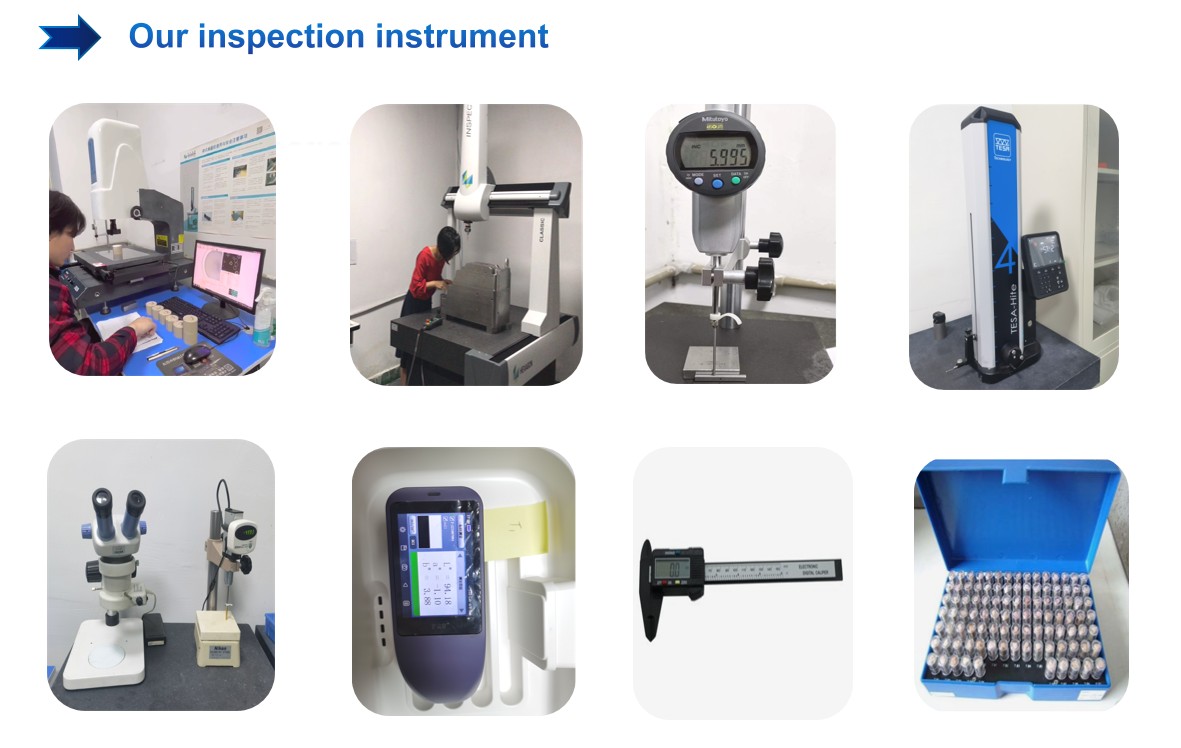Customized mold components
Name: Machining mold inserts
Material: Steel
MOQ: 1PCS
Standard: Europe and America
Machining process is suitable for making plastic and metal prototypes with differenct design and also used for making mold plate, inserts and components, for different design will use different machine to making, suntime can provide full custom machining services.

CNC machining is a broad manufacturing type that includes many different computer-controlled processes where raw material is selectively removed in exact amounts to produce a near-final shape of parts. That’s why it’s considered subtractive, as opposed to additive manufacturing or 3D printing. Standard CNC machining processes include milling, turning, surface grinding and electrical discharge machining (EDM) etc.
CNC Turning: a technology through which the material block fixed on the CNC turning center or lathe rotating with high speed, while the cutting tool moving into the rotating axis to process the workpiece, to get CNC turned parts with exact sizes.
CNC Milling: often regarded as the most common machining process, which refers to utilizing a CNC milling cutter to do circular motion and create milled parts with certain shapes and details in a stationary piece, including slots, holes, notches, grooves, etc.
CNC Drilling: a cutting process in which the workpiece is fixed, aligning the cutter center with the hole center and rotate to produce round holes, can be done on lathes and mills.
CNC Milling and Turning: a compound machining technology in which the cutting tool and workpiece are both rotating, to produce complex curved or special-shaped parts through designed multiple kinds of tasks.
Wire EDM: EDM parts is more use for tight tolerance and complex construction,EDM uses a conductive graphite or copper electrode submerged in a dielectric bath of water or oil. When a high voltage current is applied to the electrode it sparks against the tool wall, etching away at the surface to produce deep holes, ribs, undercuts and surface textures that are difficult to machine conventionally. When done properly, EDM can produce excellent surface finishes with tight tolerances, virtually eliminating the need for secondary polishing.






